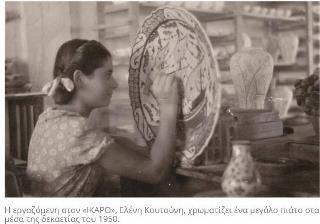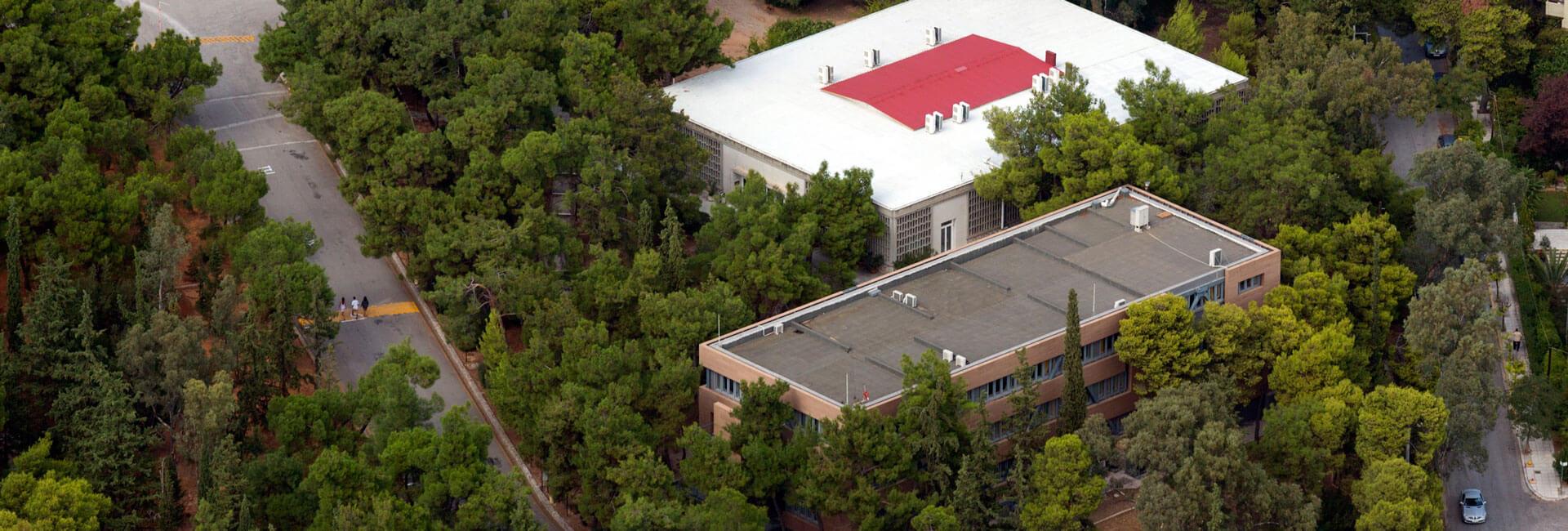
The ceramic dowry of Rhodes
The mansions of Lindos were, and remain, famous not only for their exceptional architectural façades but also for their interior decor that testified to the vigorous and far reaching Lindian trade from the 17th through the 19th centuries.
Venetian mirrors, expensive fine wood furniture from Europe, painted ceilings, sperveria (embroidered curtains), glassware from Beykoz on the Bosphorus and, of course, the most impressive of all: the wall opposite the main entrance adorned with multiple rows of Iznik ceramic plates, each a masterpiece. The plates, considered the home’s “luxury items,” gave prestige to their owner and overwhelmed the visitor as he passed the threshold of the house.
The mansions of Lindos were, and remain, famous not only for their exceptional architectural façades but also for their interior decor that testified to the vigorous and far reaching Lindian trade from the 17th through the 19th centuries. The mansion’s owners were adventurous seafarers who navigated through dangerous seas, often plagued by piracy, in order to transport goods from the Black Sea and Constantinople to Syria, Alexandria and as far as the Western Mediterranean.
New era
Their ships had acquired the reputation as being the most beautiful of the Ottoman Empire. On their return journey to the island, they brought with them extraordinary objects, particularly ceramics made in the erstwhile Byzantine Nice. Dating from the late 16th to the first half of the 17th century, these ceramics had gained stature as lavish objects from very early on. Hence, Rhodes found itself endowed with hundreds of them. However, the motifs of Iznik ceramics flourished further under the establishment and operation of “ICARO” (Industria Ceramiche Artistiche Rodio Orientali) on the Italian-occupied island. “ICARO” produced chiefly ceramic plates and vases that copied the Iznik technique, gaining great success as either local or export products before 1940 and as souvenirs from 1950 onwards.
Two exhibits at the Benaki Museum, opening in a few days, will introduce us to the magic of Iznik ceramics as well as to the former Italian and subsequent Greek industry “ICARO” that operated from 1928 to 1988. These exhibits are two distinct narratives intertwined in one chronological continuity and are of great interest even to those who know nothing about pottery. That is what anyone who has met Giannos Ioannidis, a 45 year old ceramics collector who deals in finance and is an excellent authority on ICARO’s history, will ascertain.
Mr. Ioannidis spoke with “K” on the occasion of the exhibit that will be hosted at the Pireos Street Annex starting Thursday, September 28, and will include 400 ceramics from his personal collection and well as numerous archives from the factory that has been synonymous with Rhodes. On October 6th, an exhibit paying tribute to 16th century Iznik ceramics, curated by Mina Moraitis, will open at the Museum of Islamic Art so that viewers can understand the connection.
“I started collecting from a very young age. In 1987, at the age of 15, I remember visiting the “ICARO” factory in Rhodes with my parents, as it was preparing to shut down its operation. There I bought a small vase, which I still have today, and is the first important piece in my possession,” says the collector. “Several years later, I decided to focus exclusively on ceramics and so I ended up buying many patterns from “ICARO.” Despite the fact that the company continued to exist and subsist even after its “Italian” period (1928-1946), having been bought by Rhodian businessman Chatzikonstantis, its great history has yet to be recorded. And so, with the exception of a few items that have occasionally come to light, this is the first time we have an opportunity to see its contribution as a whole.”
The Italian period
As Giannos Ioannidis explains to us, when the Italians took control of the Dodecanese, they hammered out a somewhat serious and thought-out “development plan,” setting up various businesses in Rhodes, also bringing in electricity. The existence of a large number of Iznik ceramic plates in Lindos mistakenly led the Italians to believe that these ceramics had been produced on the island. The truth is that some ceramics were made on the island, predominantly household utensils made in the town of Archangelos; but, they didn’t begin to compare to the quality nor style of Iznik’s ceramics. The Italians’ first step, once they founded “ICARO,” was to bring in artisans from their homeland, famous for its great majolica pottery, in order to copy the patterns and put them into production. There was an artistic and a technical director at the factory, whilst the final say regarding patterns lay in the hands of a three member committee comprised of shareholders and Italian government officials. For many years there were very few Greek staff members.
Following the annexation of the Dodecanese islands, the Italians sold their shares to Konstantinos Chatzikonstantis who for many years continued production with the same consistency and quality. Gradually, the patterns were enriched and the product line augmented. However, the intense competition from similar ceramic businesses opened by former Greek “ICARO” craftsmen who chose to focus on tourist pieces, as well as the increase in imported ceramics from China and Turkey, changed the marketing strategy. Production at “ICARO” increased to meet the demand of the island’s fast-growing tourist population, while the quality of the products declined from the factory’s initial years.
“ICARO’s” businessman-owner was killed in a car accident in 1987 and the company closed a year later as it recorded losses. Fortunately, a small vase sold to a teenager the year of the owner’s death somehow miraculously became the reason that “ICARO’s” history has been preserved…
Source: Kathimerini newspaper, September 25, 2017
Columnist: Margariti Pournara
